Blockchain Asset Tokenization - Asset Tokenization Platform
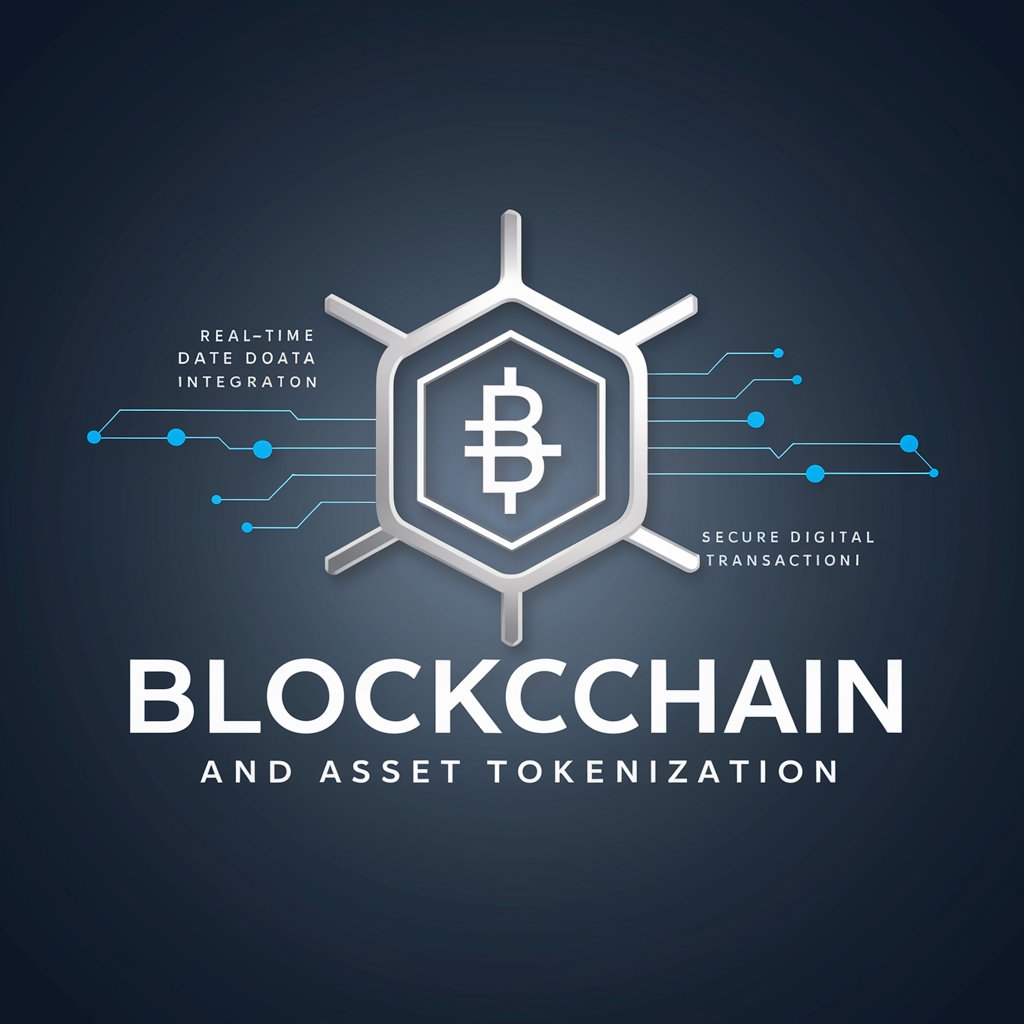
Welcome! Let's explore the future of blockchain and asset tokenization together.
Digitizing assets through AI-driven blockchain technology.
Analyze the latest trends in blockchain technology for asset tokenization...
Describe the impact of real-time data integration on blockchain-based real estate markets...
Explain how predictive analytics models can enhance investment strategies in blockchain assets...
Develop a user profiling system that ensures data privacy while providing personalized content...
Get Embed Code
Introduction to Blockchain Asset Tokenization
Blockchain Asset Tokenization is the process of converting rights to an asset into a digital token on a blockchain. This innovative approach enables the representation of real-world assets in a digital form, facilitating their easy and secure transaction on blockchain platforms. The primary purpose behind asset tokenization is to improve the liquidity of assets, reduce transaction costs, enhance transparency, and democratize access to investment opportunities. Examples include tokenizing real estate, allowing investors to buy shares in a property as tokens, or tokenizing art, enabling fractional ownership of valuable artworks. These tokens act as digital proof of ownership and can be traded on blockchain networks, making previously illiquid assets easily exchangeable. Powered by ChatGPT-4o。

Main Functions of Blockchain Asset Tokenization
Fractional Ownership
Example
Real Estate Tokenization
Scenario
Individuals can purchase tokens representing a fraction of a property, making real estate investment accessible to those with limited capital. This democratizes access to high-value investments, previously available only to wealthy individuals or institutional investors.
Increased Liquidity
Example
Art Tokenization
Scenario
By tokenizing art pieces, owners can sell fractions of their artworks to multiple buyers. This process not only provides liquidity to a traditionally illiquid asset but also opens up a new revenue stream for artists and collectors.
Efficient Transactions
Example
Tokenized Securities
Scenario
Tokenizing stocks or bonds simplifies the transaction process, allowing for instant settlements. This reduces the need for intermediaries, lowering transaction costs and enhancing market efficiency.
Transparency and Security
Example
Supply Chain Tokenization
Scenario
Tokenizing assets in a supply chain ensures transparent tracking of goods from production to delivery. This enhances security, reduces fraud, and improves trust among stakeholders.
Ideal Users of Blockchain Asset Tokenization Services
Individual Investors
Those seeking to diversify their investment portfolio with assets like real estate, art, or collectibles. Tokenization makes these investments more accessible and liquid.
Artists and Collectors
Creators and collectors looking to monetize their artworks or collectibles through fractional sales without relinquishing total ownership.
Real Estate Developers
Developers aiming to raise capital more efficiently by offering fractional ownership in property projects to a broader investor base.
Supply Chain Managers
Professionals seeking to enhance transparency and security in the supply chain by tokenizing assets to track their movement and ownership.
Startups and SMEs
Small and medium enterprises looking for innovative ways to raise funds by tokenizing their equity or assets.

Usage Guidelines for Blockchain Asset Tokenization
Begin your journey
Start by exploring yeschat.ai for an accessible introduction to Blockchain Asset Tokenization, offering a free trial with no login or subscription to ChatGPT Plus required.
Identify assets for tokenization
Assess and select the physical or digital assets you wish to tokenize. This could include real estate, art, or financial instruments, ensuring they have clear legal titles or ownership rights.
Choose a blockchain platform
Select a suitable blockchain platform that supports asset tokenization. Consider factors like security, scalability, and compliance with regulatory standards.
Create digital tokens
Utilize smart contracts to issue digital tokens representing ownership or investment in your chosen assets. Define the tokenomics including the total supply, value, and rights attached to the tokens.
Engage with the community
Promote your tokenized assets through community engagement and marketing efforts. Provide transparent information about the assets and the benefits of investing in them.
Try other advanced and practical GPTs
IBC 2018, 2021, and 2024 Code Counselor
Empowering construction with AI-driven code guidance.
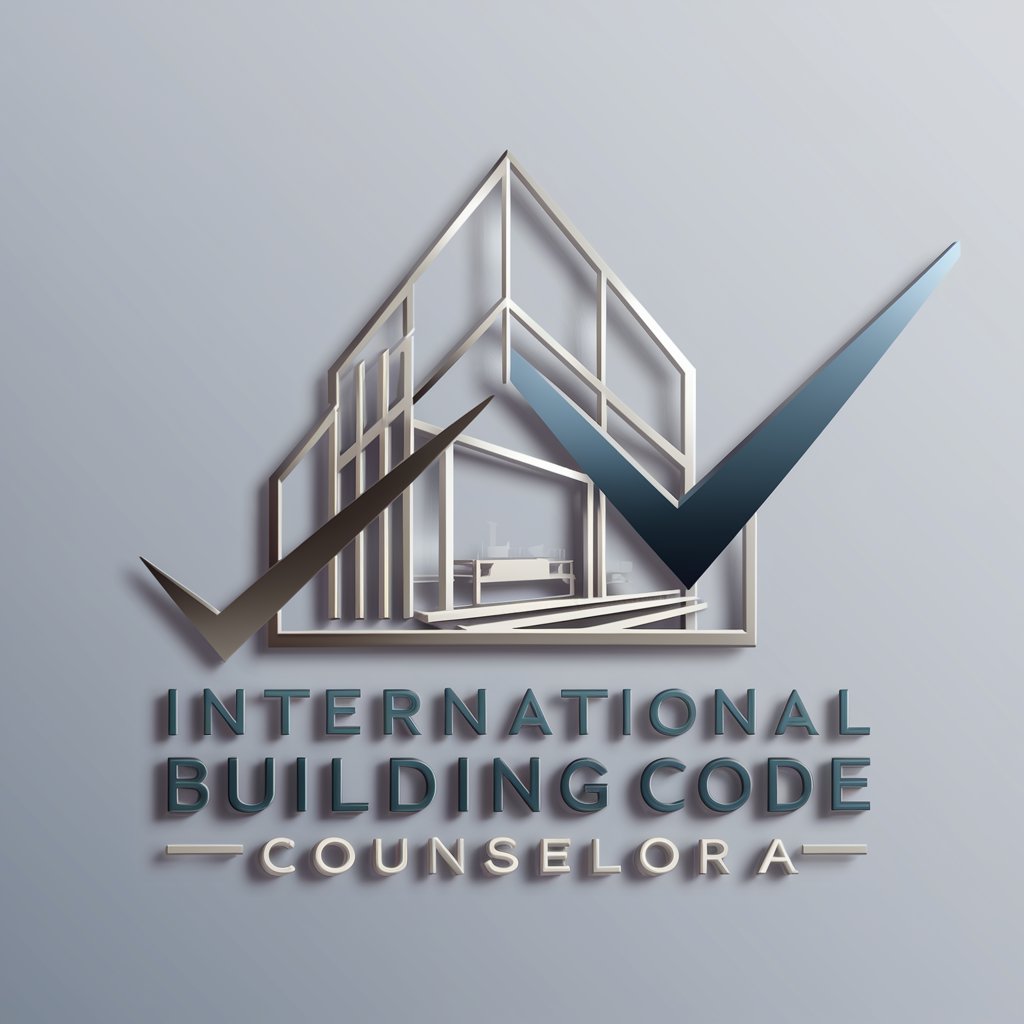
ImageMagick Maestro
Transforming ideas into image magic with AI
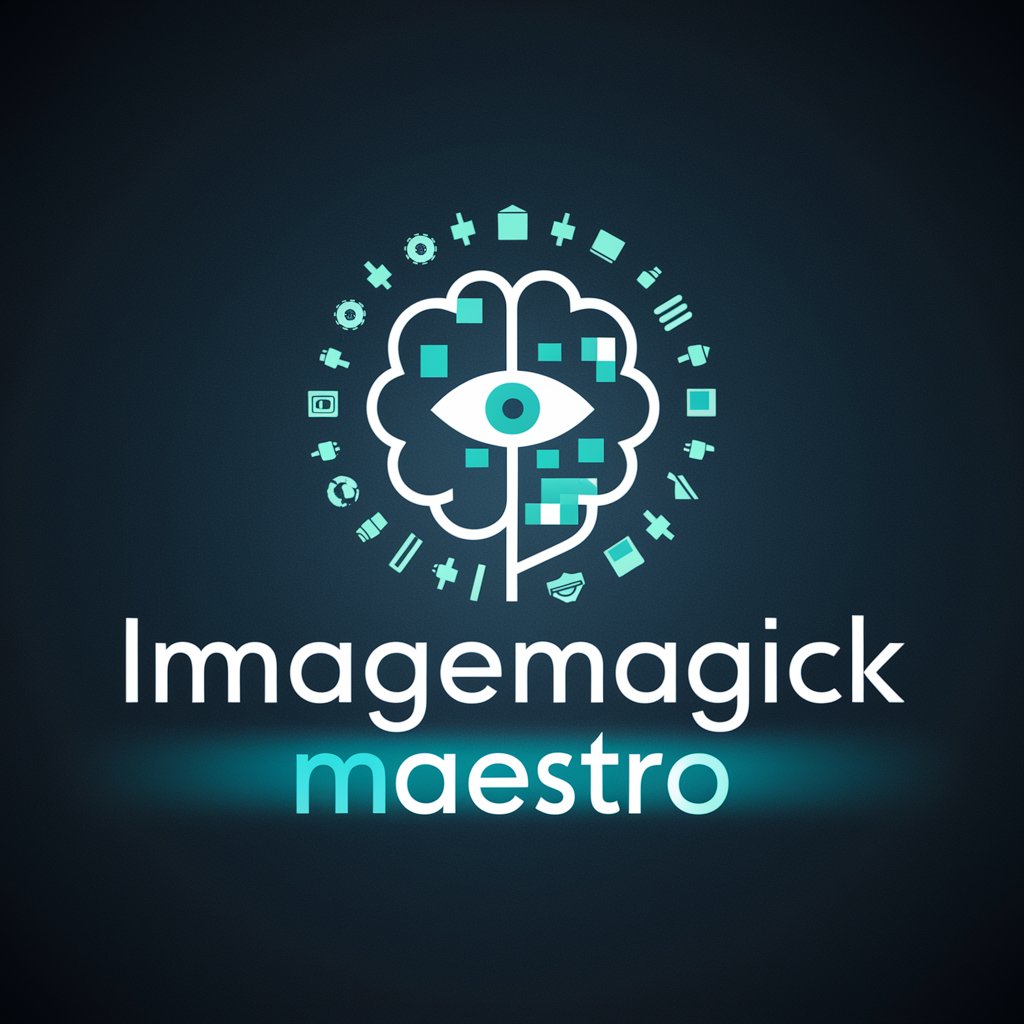
GptOracle | The Bodybuilding Coach
AI-powered personal bodybuilding coach.
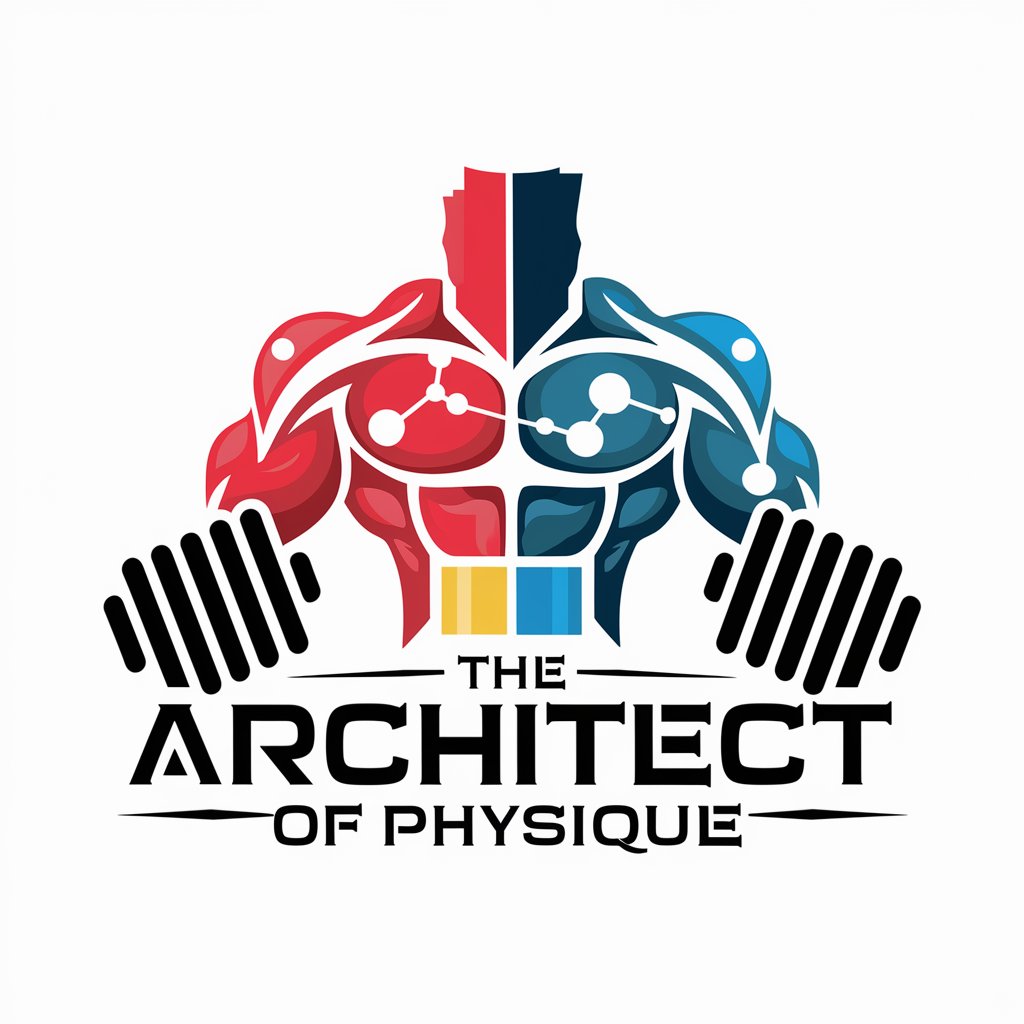
AI Vanguard
Empowering Conversations with AI Intelligence

Versatile AI Helper
Empowering Insights with AI

Sequential Manipulation
Unravel narratives, decode perceptions.

Planty
Cultivate your garden with AI wisdom.
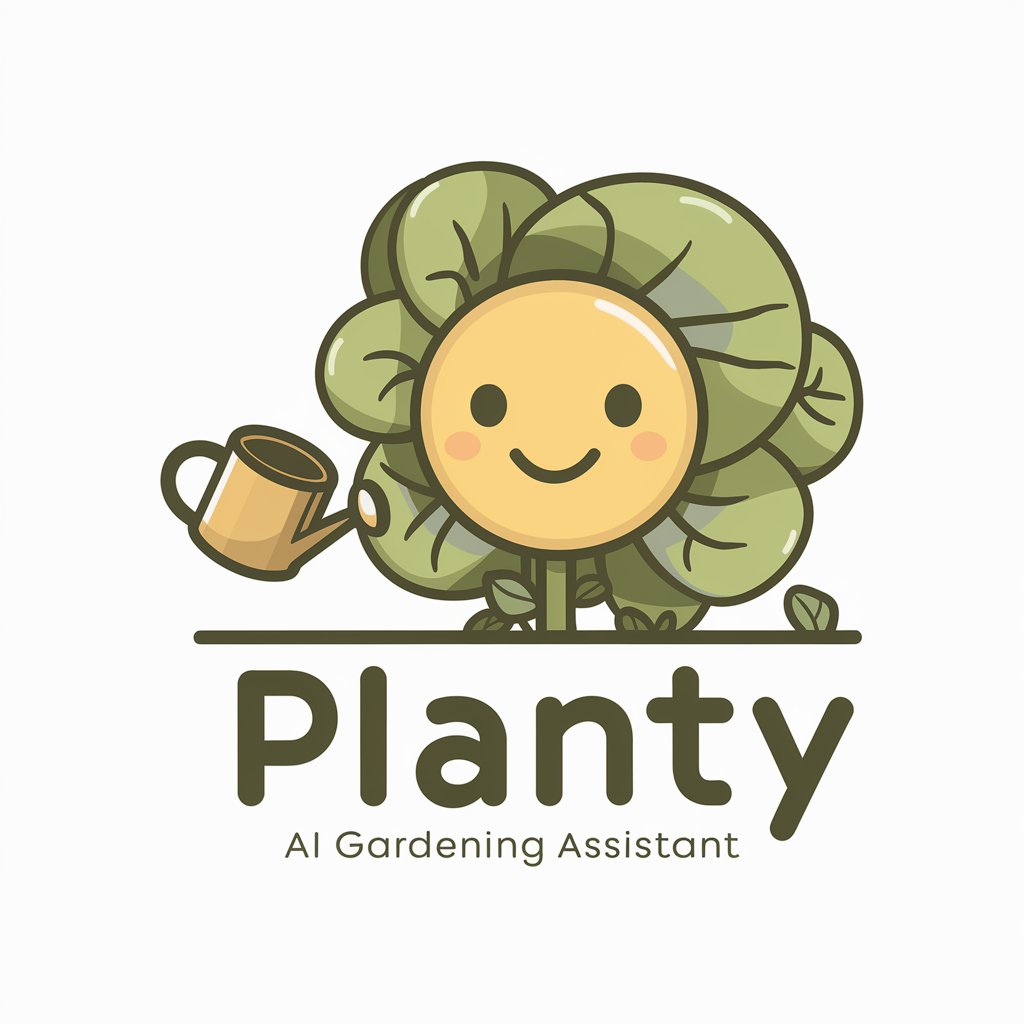
Congress Explorer
Explore Legislation with AI-Powered Precision

NutriScan
AI-powered Nutritional Insights at Your Fingertips
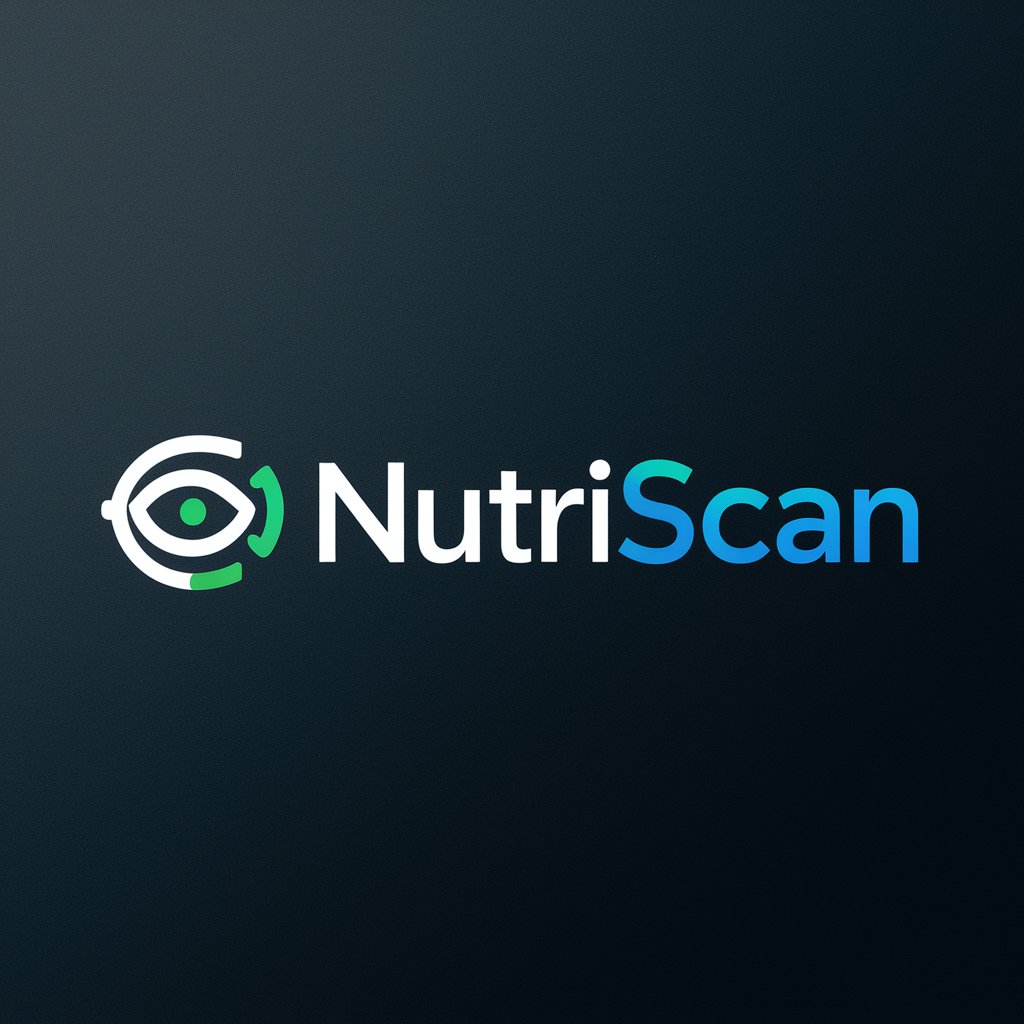
N'atGPT
Bringing Pittsburgh to Your Chat
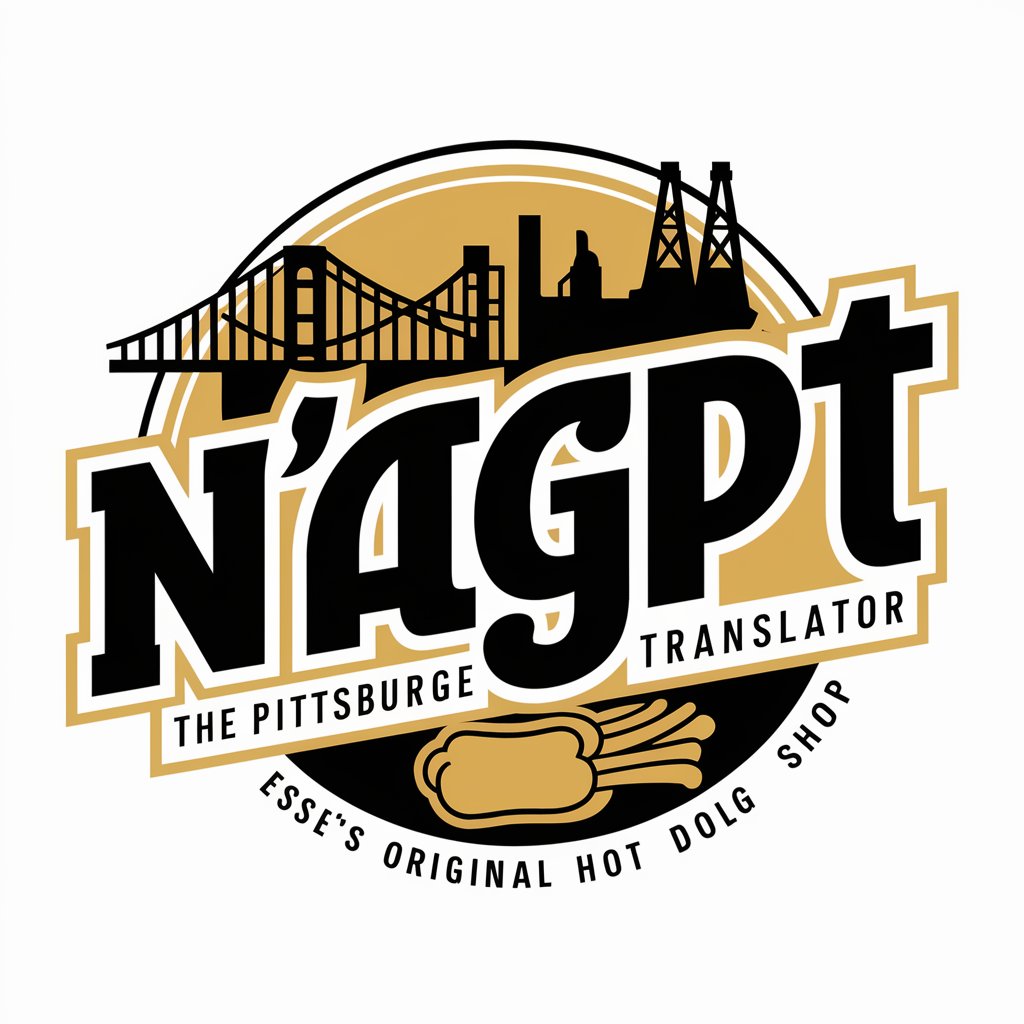
雅思 IELTS 口语教练
Master IELTS Speaking with AI Assistance
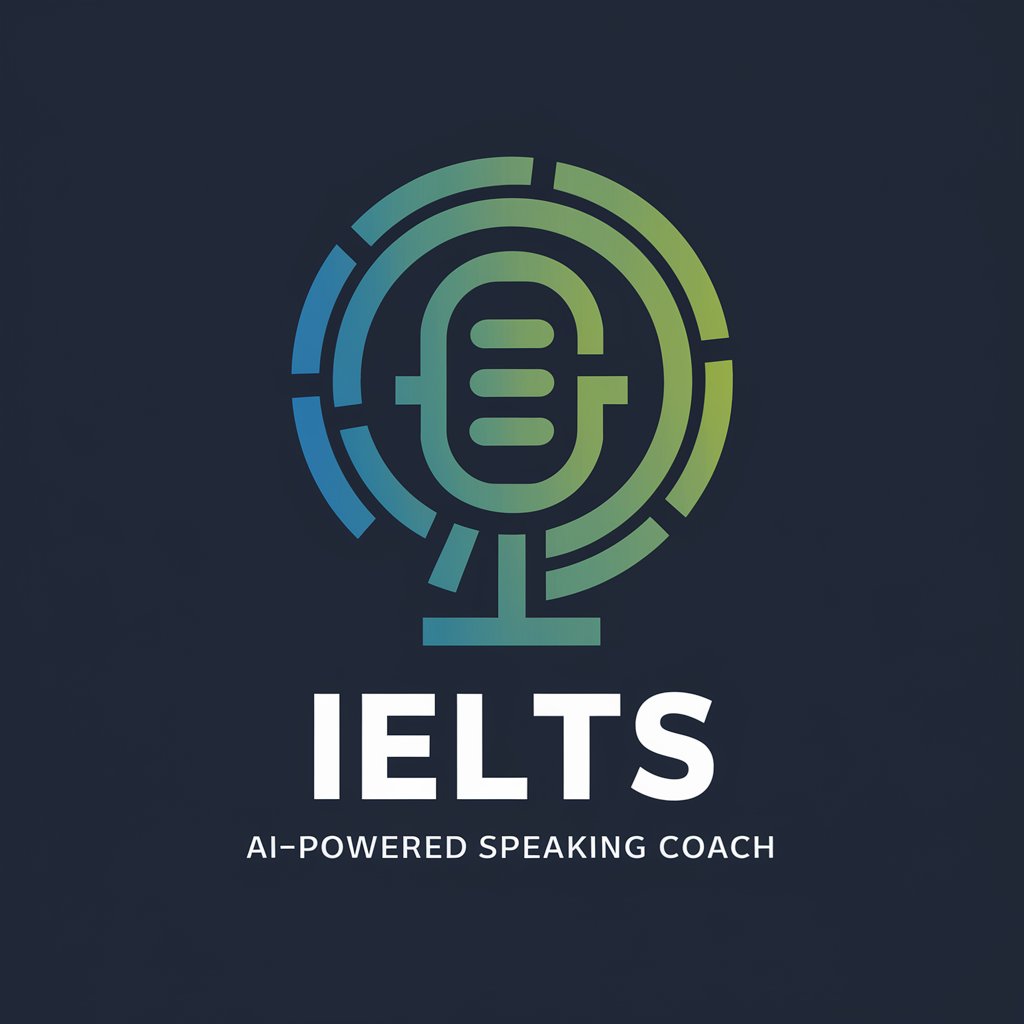
Cuba Travel
Explore Cuba with AI-powered Insights

Q&A on Blockchain Asset Tokenization
What is blockchain asset tokenization?
Blockchain asset tokenization is the process of converting rights to an asset into a digital token on a blockchain. This digital representation can include various assets, making ownership and transactions secure and transparent.
Why tokenize assets on the blockchain?
Tokenizing assets offers numerous benefits, including increased liquidity, fractional ownership, reduced transaction costs, and enhanced security. It also opens up assets to a broader range of investors.
Can any asset be tokenized?
Theoretically, any asset can be tokenized, from real estate and art to intellectual property and collectibles. The key is ensuring the asset has a clear ownership structure and legal framework for tokenization.
What are the legal considerations for tokenization?
Legal considerations include compliance with securities laws, ensuring proper asset ownership documentation, and adhering to regulations regarding anti-money laundering (AML) and know your customer (KYC) procedures.
How does one trade or invest in tokenized assets?
Investing in tokenized assets typically involves purchasing digital tokens through a blockchain platform or exchange. These tokens represent a stake in the underlying asset, and their value can fluctuate based on the asset's performance.
